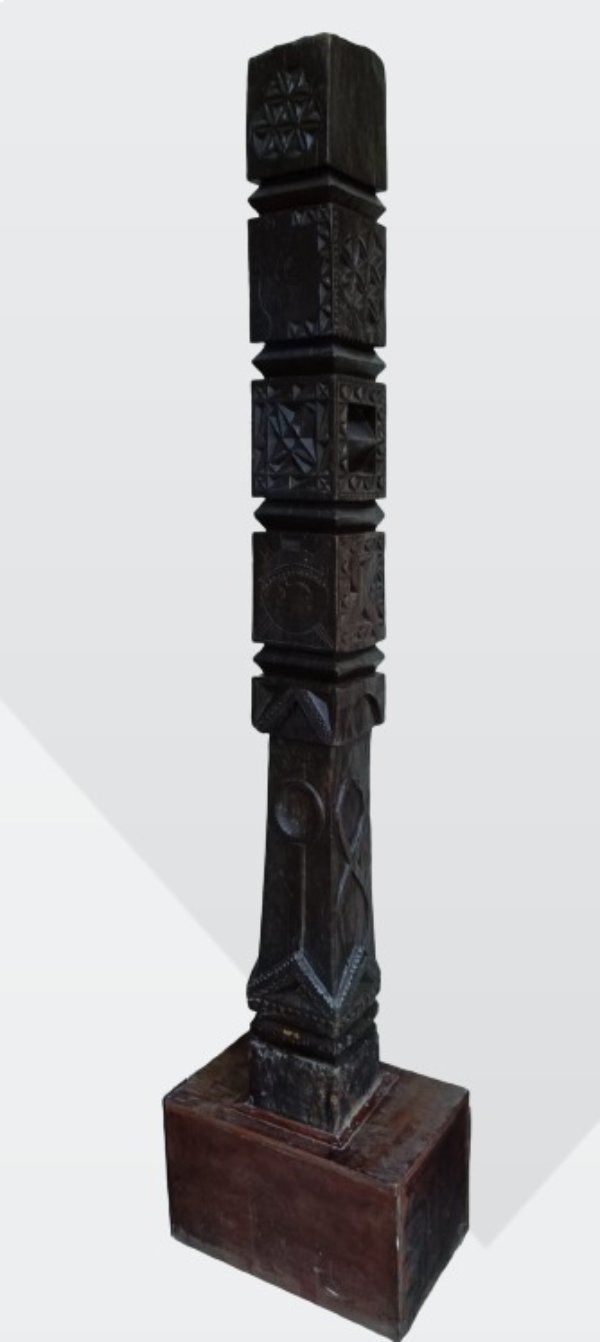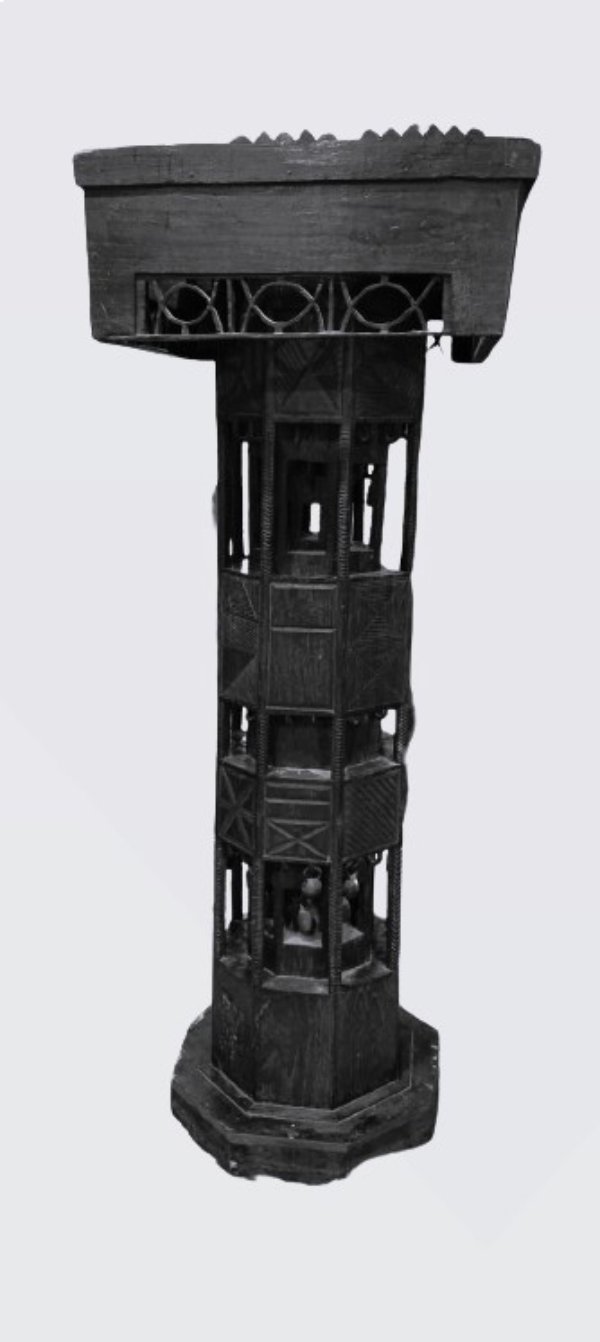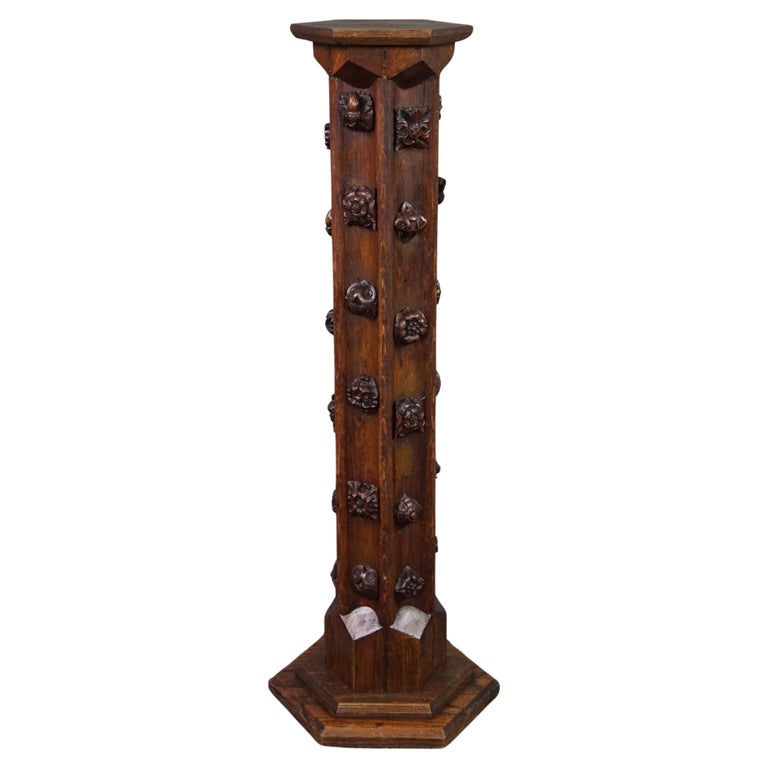
tribal artefacts
Mundha (Marriage Pillar) , maharashtra

The wooden pillar Mundha is a critical component of wedding rites in the Koraku, Gond, and Madia tribes. It is positioned at the center of the wedding pandal and brought over by the groom himself. The Mundha is inscribed with tribal totems and carries profound cultural and symbolic importance.
Mundha is usually carved out of teak or moha wood, depending on the tribe. The groom himself carves figures on the pillar, which can be clan crests, animals, and stars. These carvings are indicative of the tribe's culture and beliefs, so each Mundha is special to the couple and their tribe. The pillar of marriage represents the union of the couple and their belonging to the traditional ways. The tribes consider that the Mundha brings prosperity and protection to the newlyweds. The ceremony of standing up the pillar symbolizes the legalizing of the marriage and reestablishing social and religious ties among the tribe.


Every tribe has a different style of their marriage pillar. Korkus create small, finely sculpted pillars, whereas Madia Gonds have large Mundhas with intricate etchings of the sun, moon, and animals. All these variations indicate the rich and varied artistic skills and beliefs among the different tribal communities that practice this tradition.
As a result of modernization, carved Mundhas are now a rarity, particularly in Korku areas. Carving detailed symbols is gradually being phased out, given way to simpler versions. This trend notwithstanding, there are still attempts to retain this practice, as tribal societies realize the need to preserve their cultural identity through these symbolic wedding pillars.



